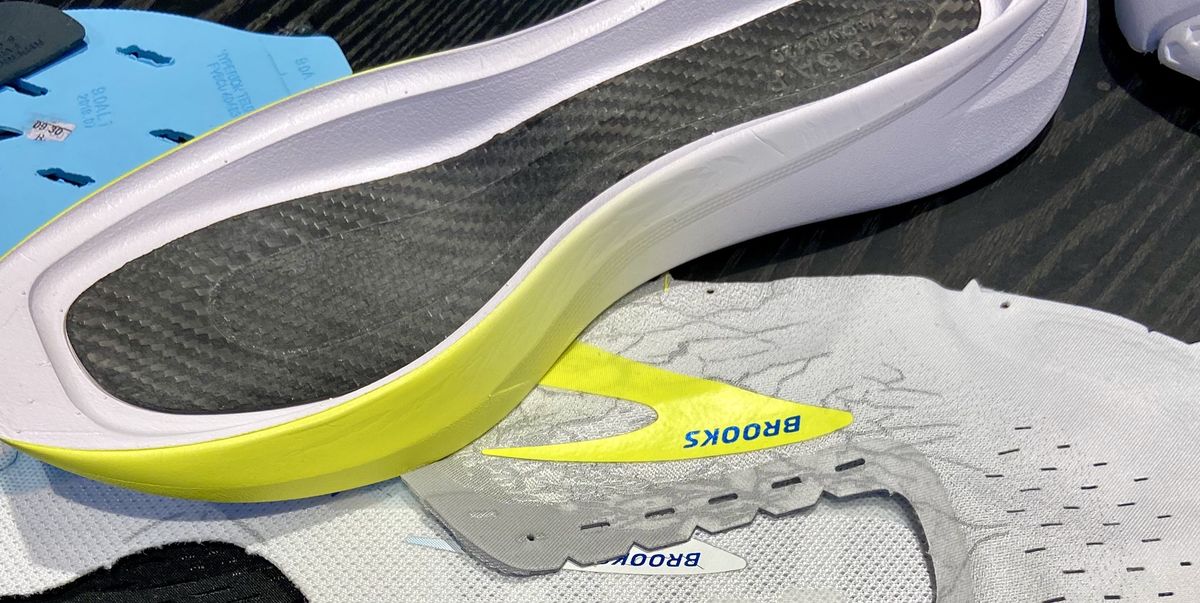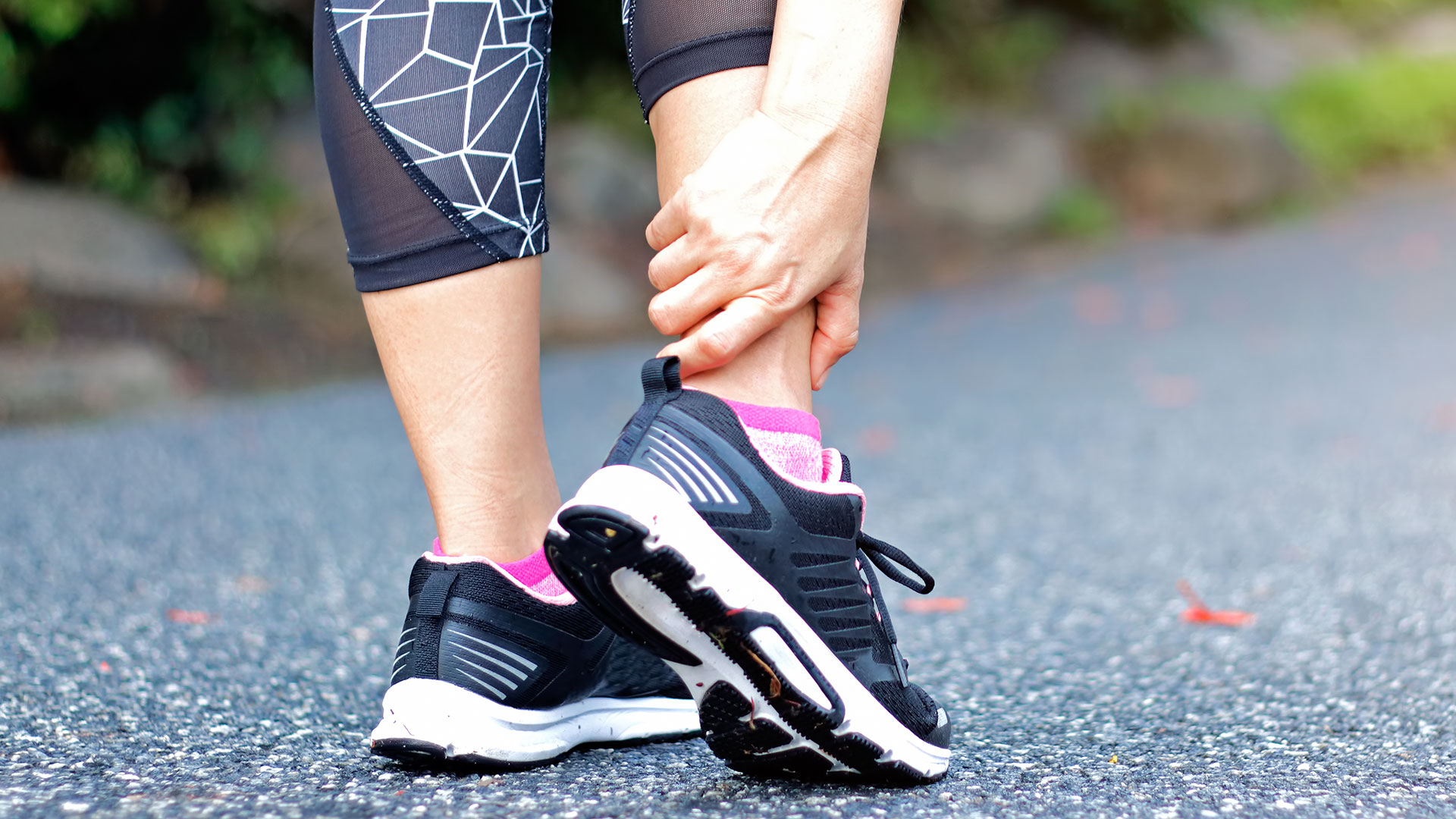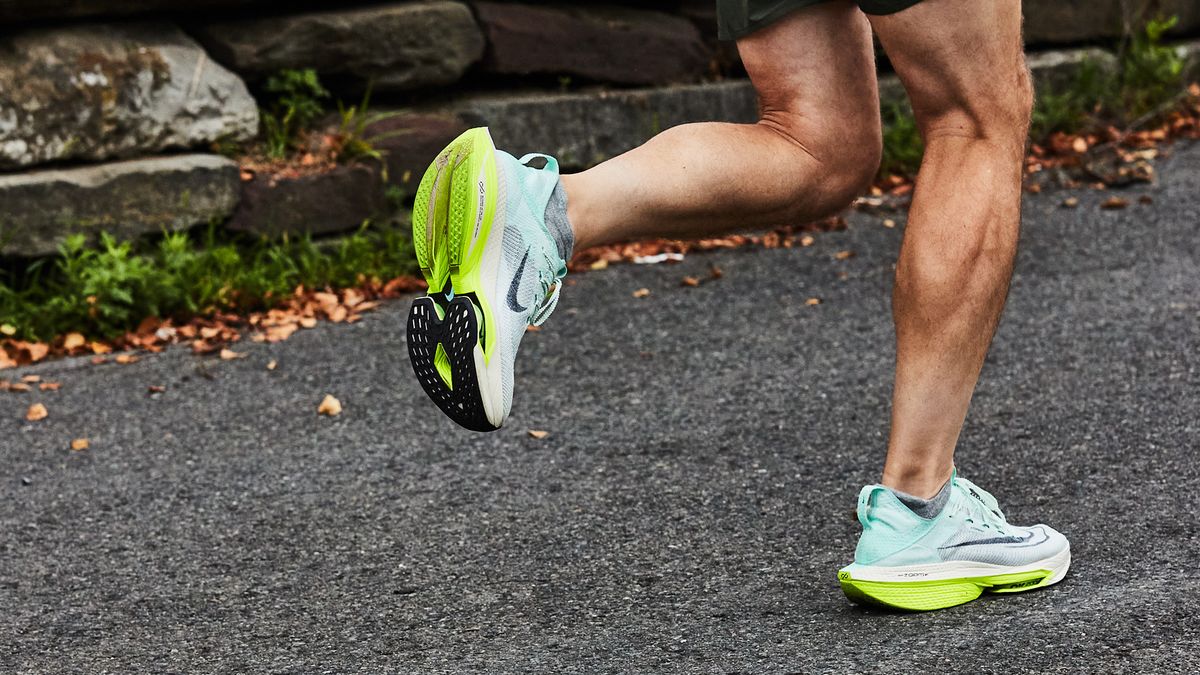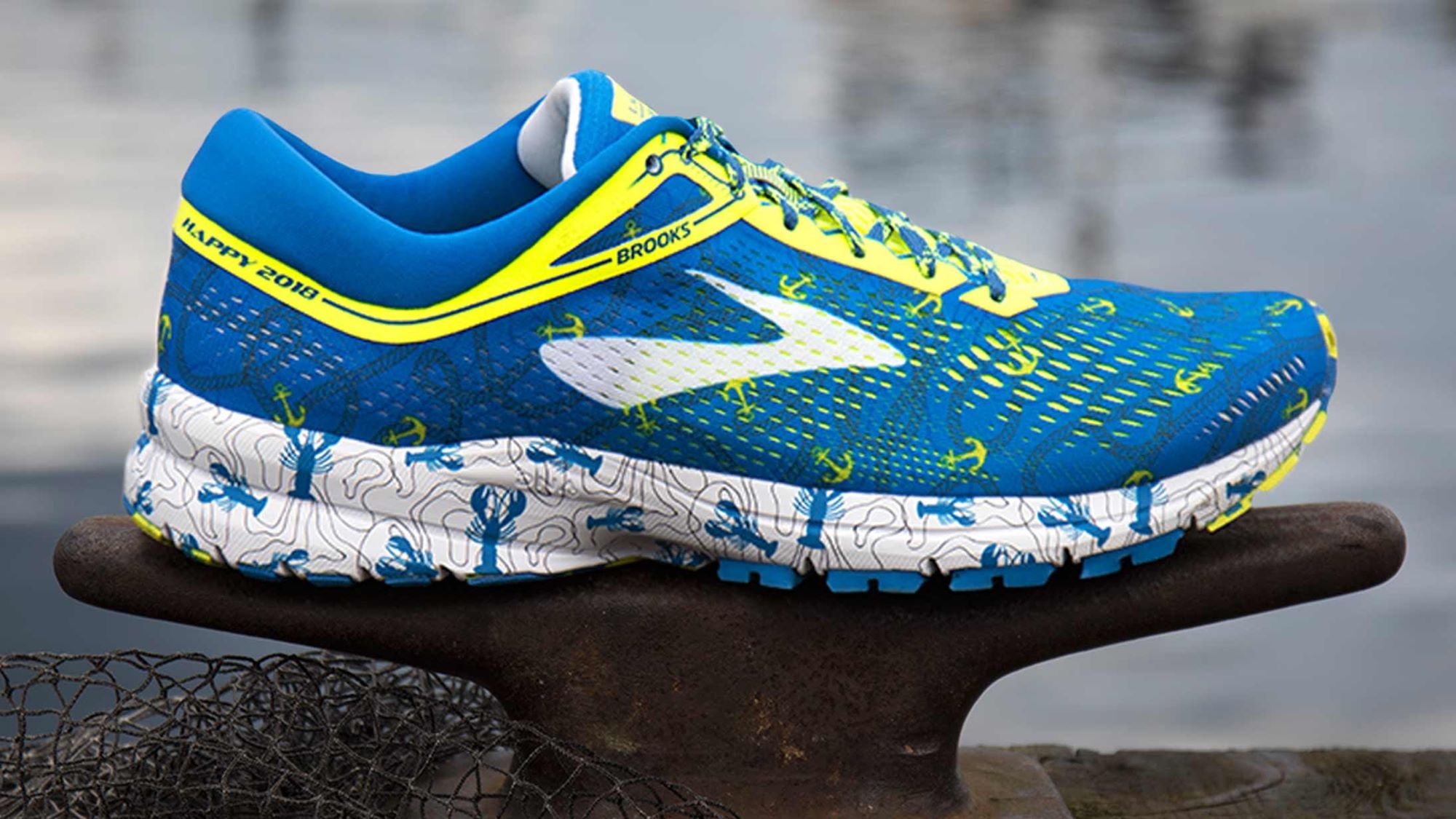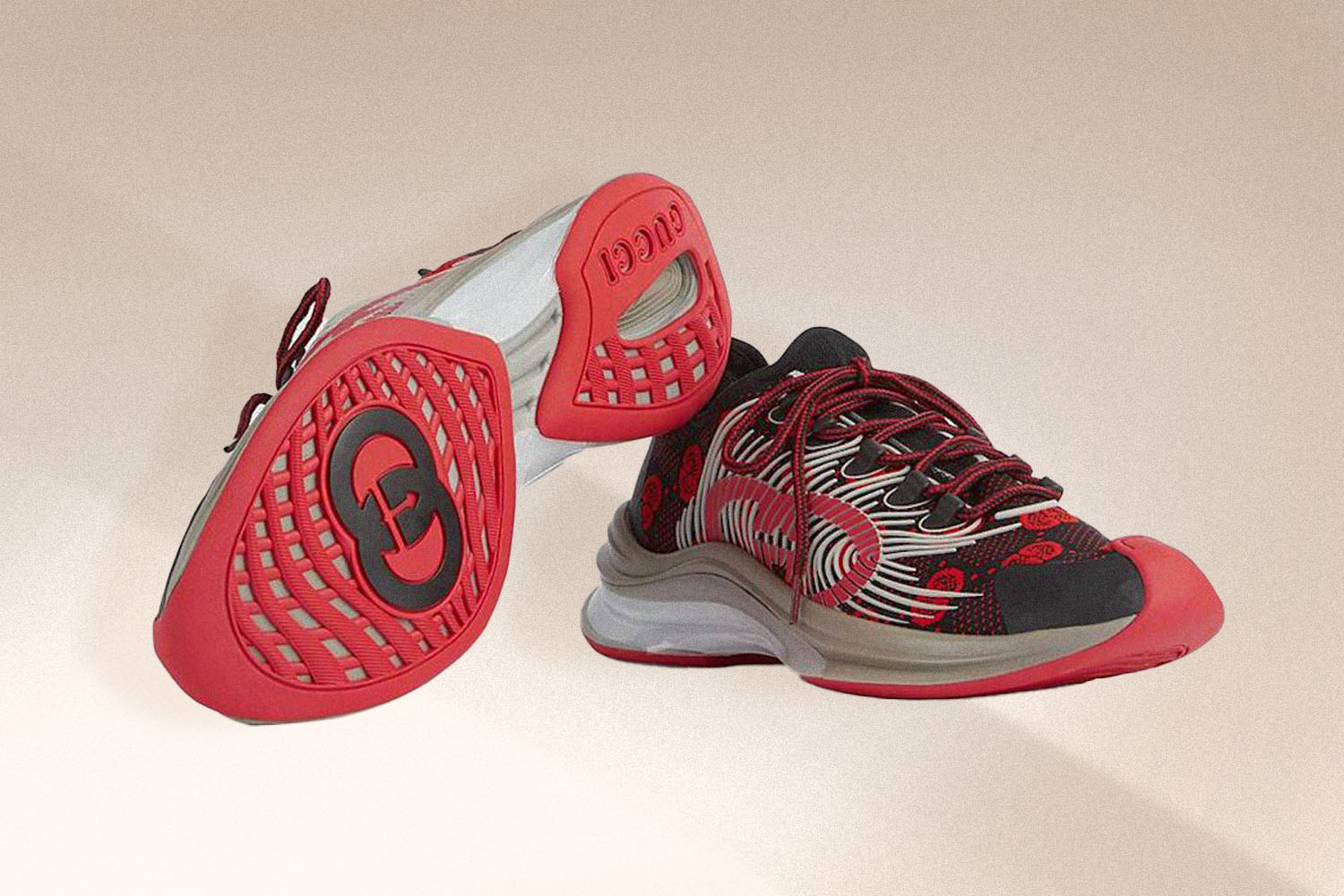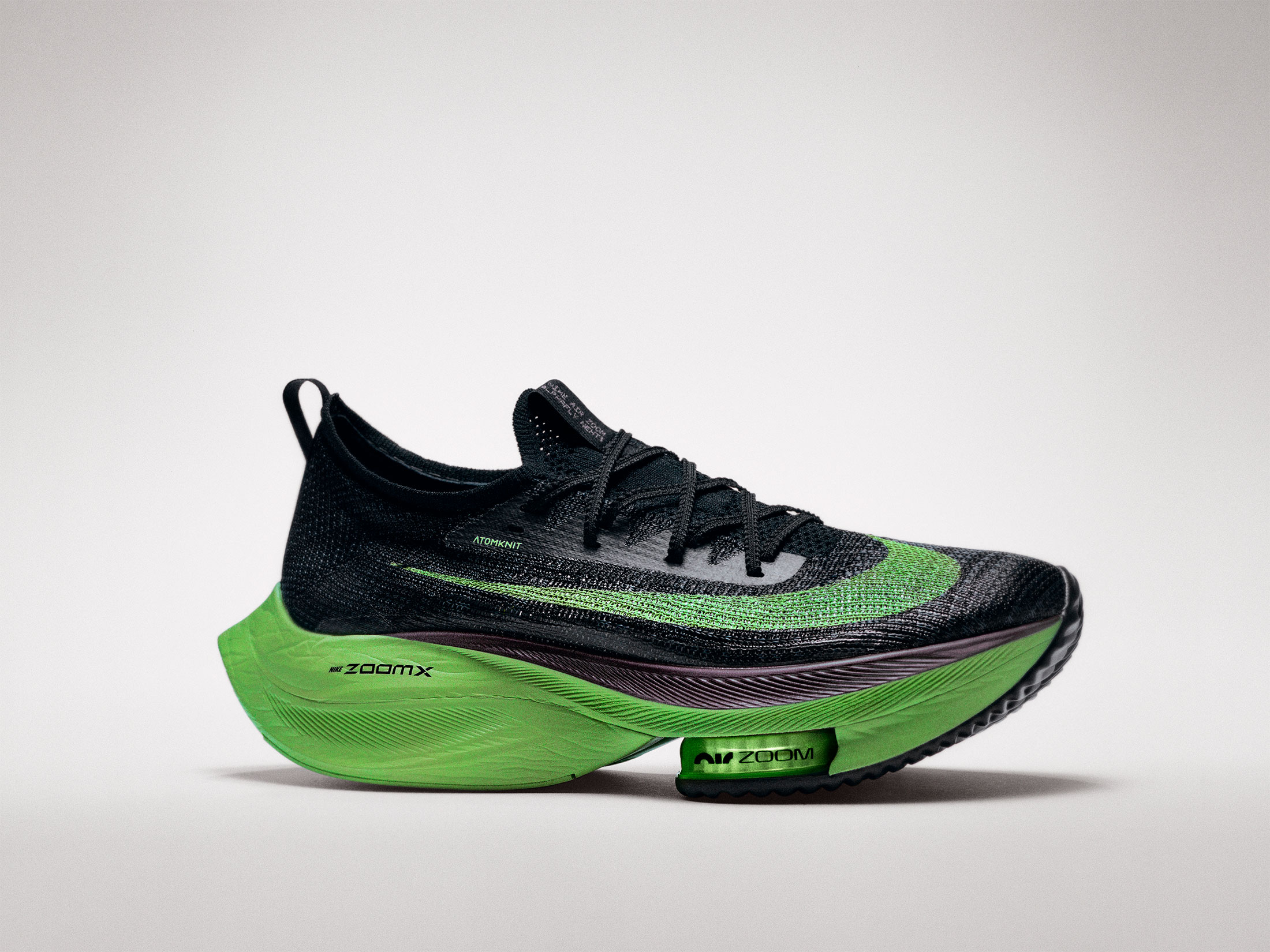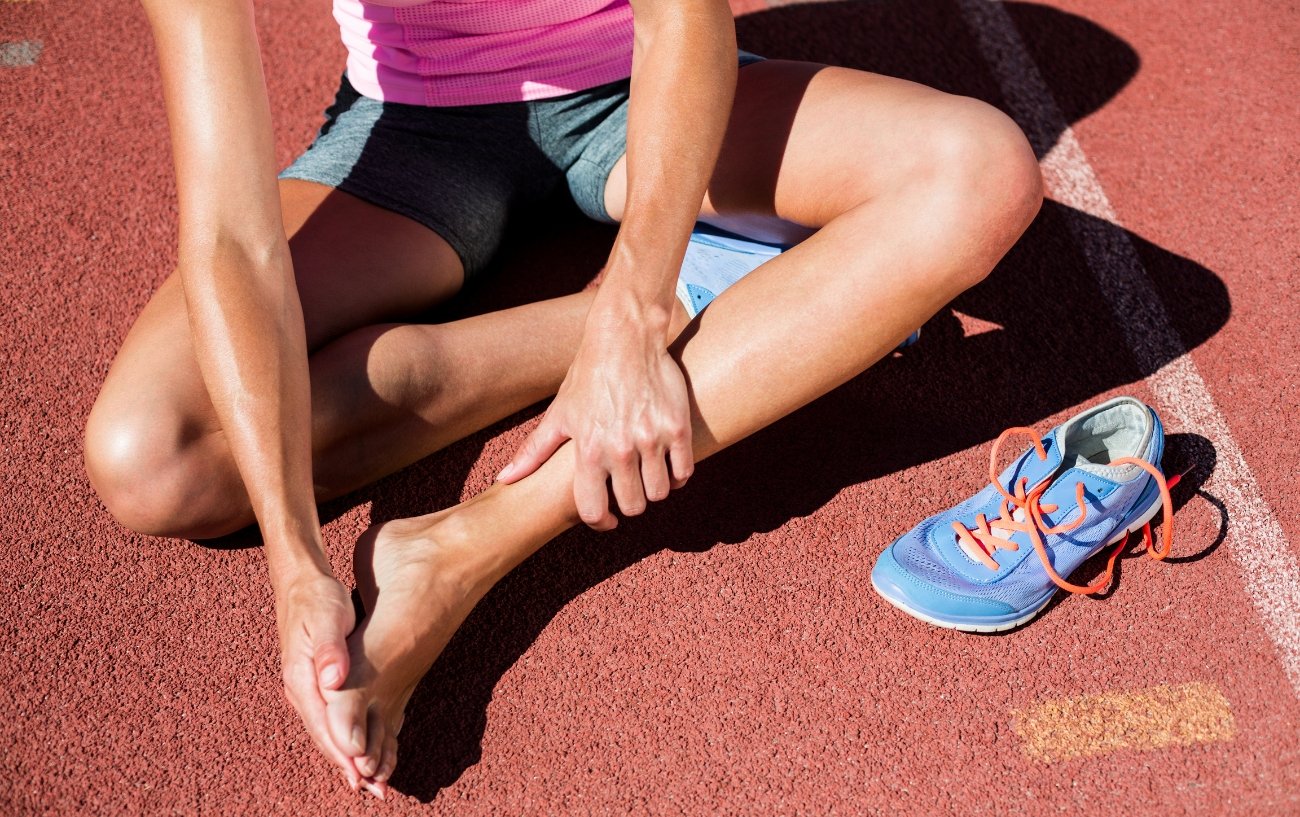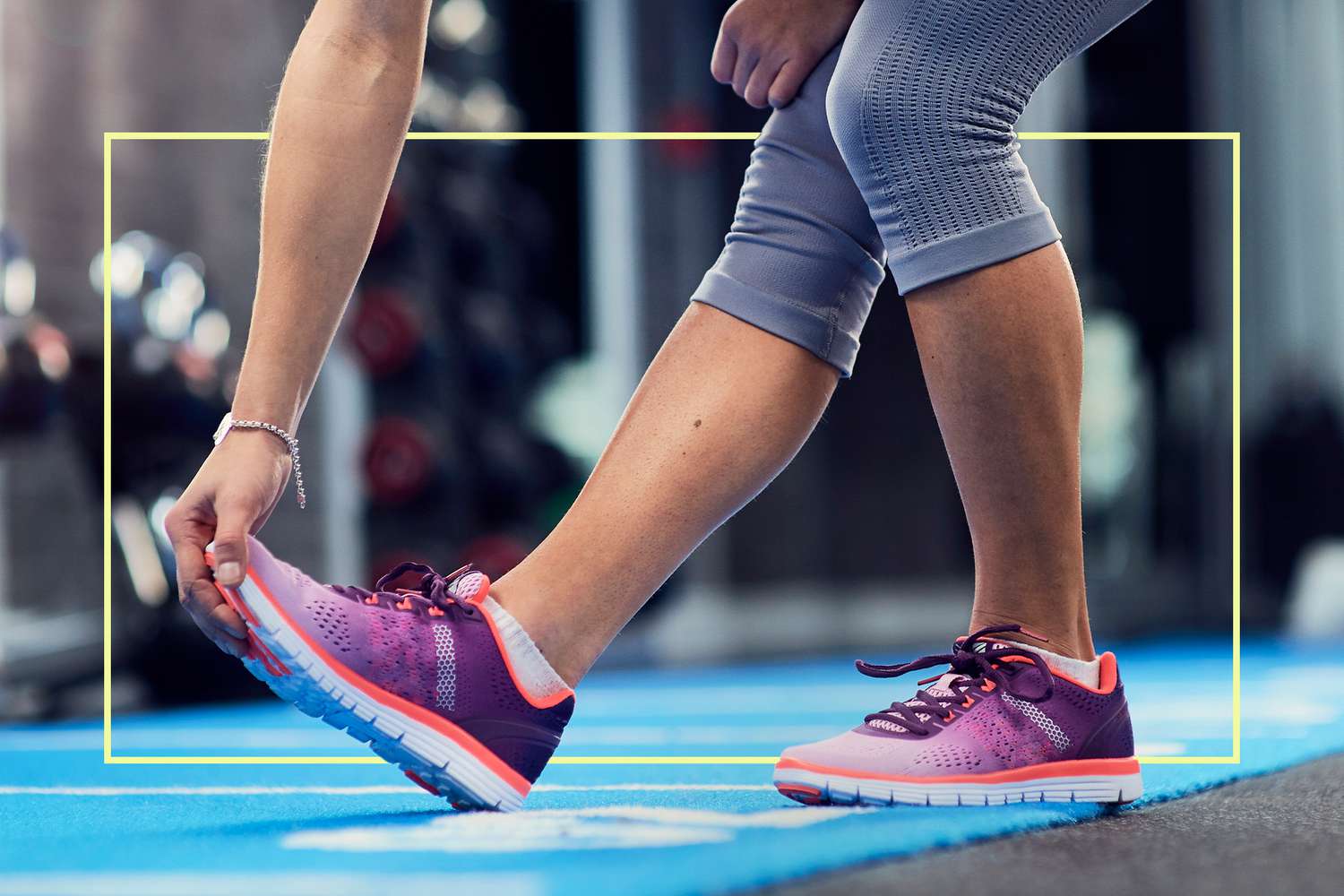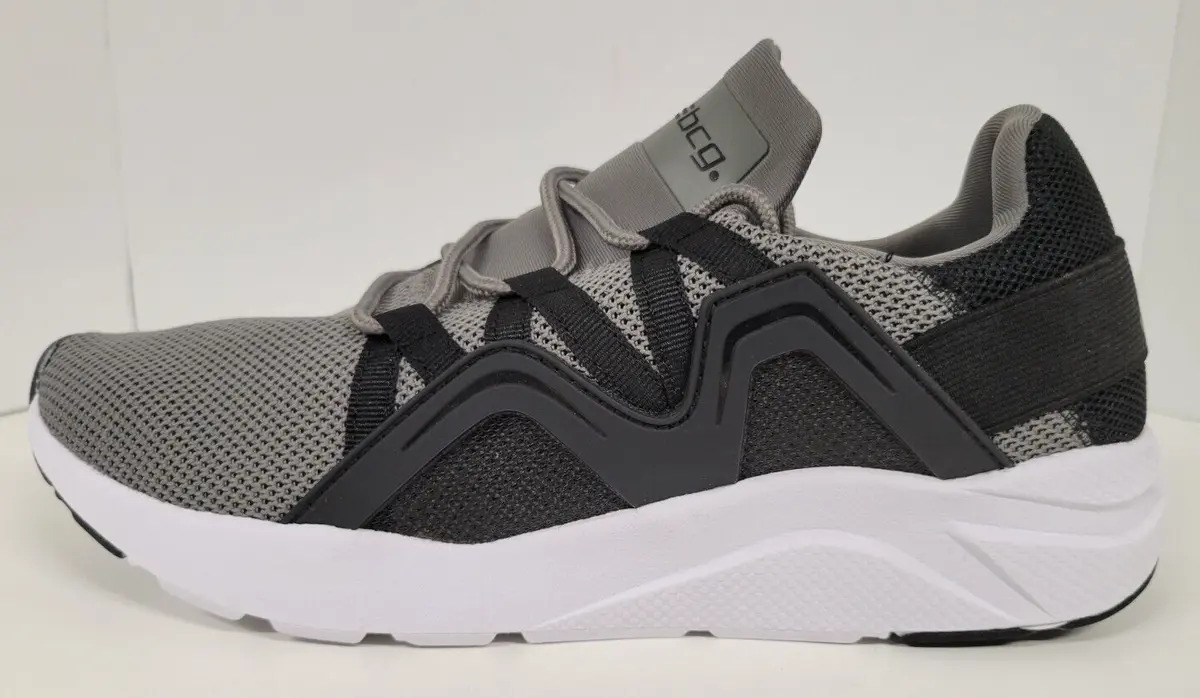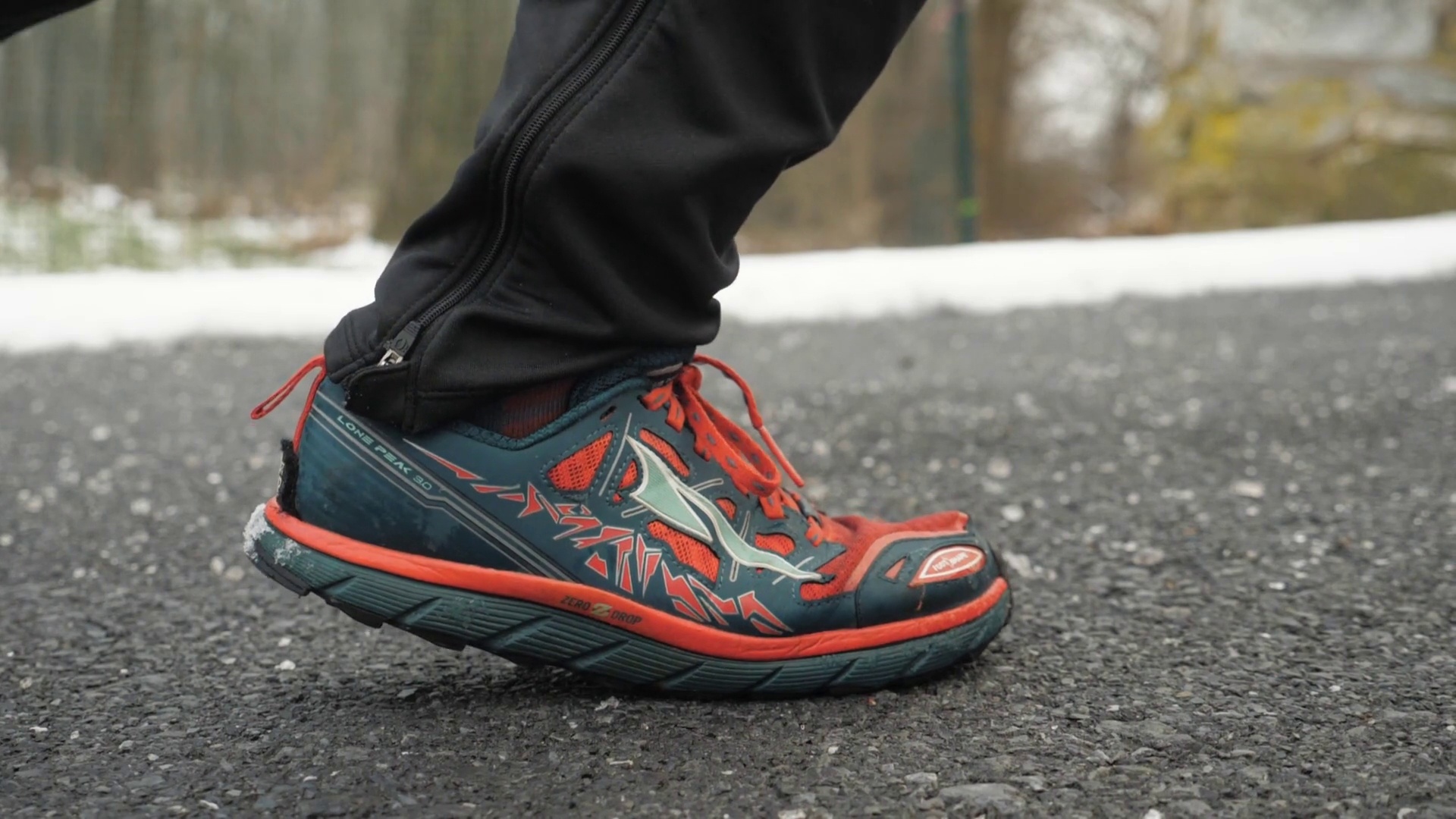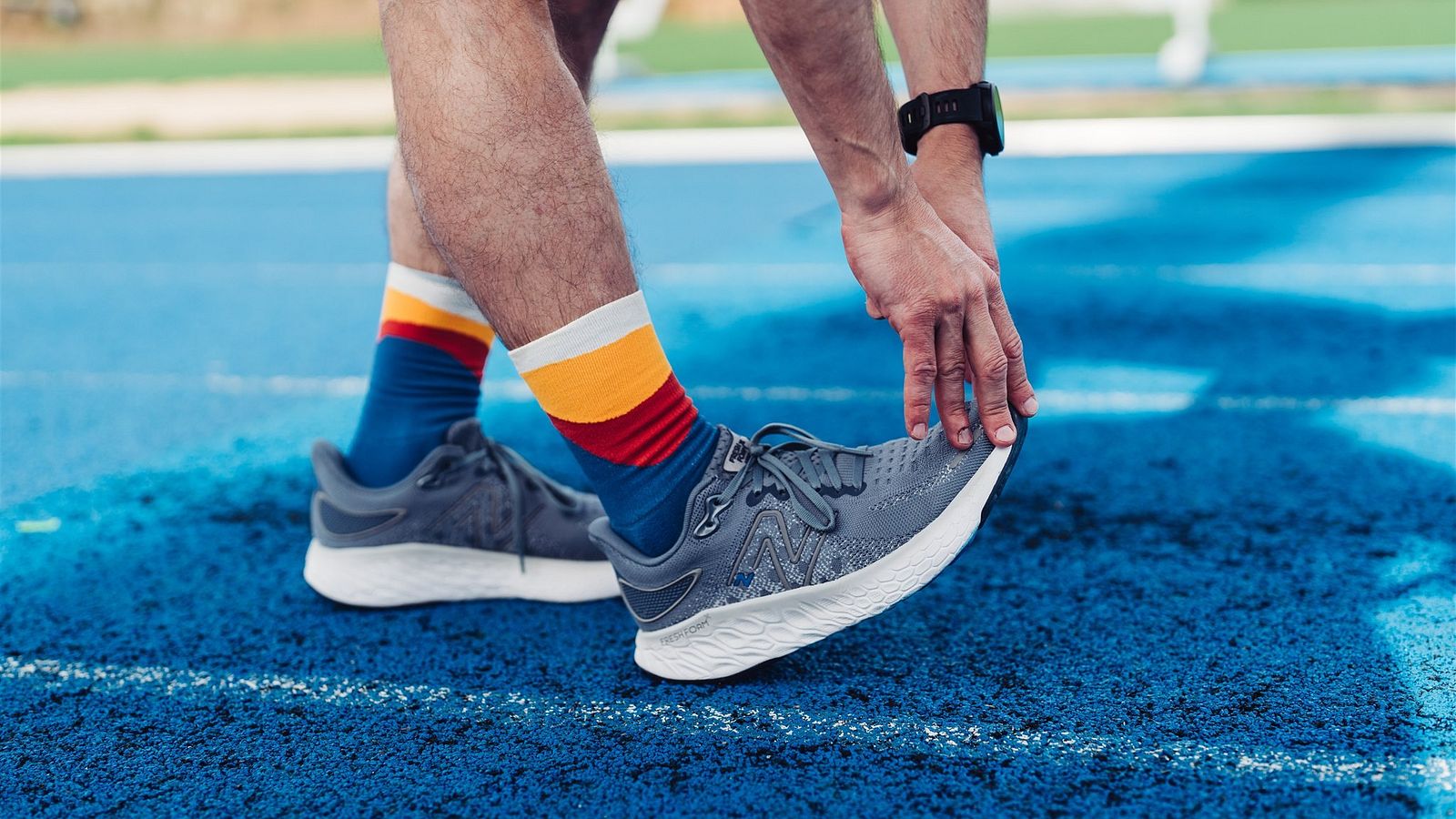

Featured
What Is Cushioning In Running Shoes
Modified: August 22, 2023
Discover what cushioning in running shoes is and how it can enhance your comfort and performance. Explore our featured collection of top running shoes designed for optimal cushioning.
Introduction
Welcome to the world of running shoes! Whether you’re new to running or a seasoned athlete, you’ll soon discover that choosing the right pair of shoes is crucial for your performance and overall comfort. One important aspect to consider when selecting running shoes is cushioning.
Cushioning in running shoes refers to the technology and materials used to provide impact absorption and shock attenuation during each stride. The level of cushioning can vary depending on the shoe model and brand, and it plays a vital role in protecting your feet and joints from the repetitive pounding that occurs during running.
In this article, we will explore the concept of cushioning in running shoes, its importance, different types of cushioning technologies, and how to choose the right pair for your needs. Additionally, we’ll discuss the pros and cons of cushioned running shoes and provide tips on maintaining their cushioning properties for optimal performance and longevity.
So, whether you’re preparing for a marathon or simply enjoy a leisurely jog in the park, let’s dive into the world of cushioning in running shoes and discover how it can enhance your running experience.
What is Cushioning in Running Shoes?
Cushioning in running shoes refers to the technology and design features that are incorporated to provide comfort and protection to the feet while running. It is the layer of padding or foam that sits between the insole and the outsole of the shoe, absorbing the impact of each footstrike and reducing the stress on the joints and muscles.
The main purpose of cushioning in running shoes is to minimize the risk of injury by absorbing and dispersing the shock generated with every step. It helps to protect the feet from the repetitive impact forces that can cause discomfort, fatigue, and even long-term damage to the body. By providing a softer landing and smoother transition, cushioning in running shoes enhances the overall running experience and allows for longer and more comfortable runs.
Cushioned running shoes employ various technologies and materials to achieve optimal cushioning. These technologies can include air pockets, gel inserts, foam layers, or a combination of different materials. Each brand and shoe model may use a specific cushioning system tailored to their own design philosophy and the needs of different types of runners.
It’s important to note that cushioning in running shoes does not mean a completely soft or pillowy feel. The amount of cushioning provided can vary depending on the shoe’s intended use, such as stability, motion control, or minimalist shoes. Additionally, the level of cushioning desired can also be a personal preference, with some runners preferring a more cushioned shoe for added comfort, while others may prefer a more minimal design for a more natural feel.
Now that we understand the basics of what cushioning in running shoes is, let’s explore why it is so important for every runner, from beginners to seasoned athletes.
The Importance of Cushioning in Running Shoes
Cushioning in running shoes plays a vital role in the comfort, performance, and overall well-being of runners. Here are several key reasons why cushioning is important:
- Shock Absorption: Running can generate significant impact forces, especially on hard surfaces like concrete or asphalt. Cushioning helps to absorb and dissipate these forces, reducing the stress on the feet, ankles, knees, and other joints. It acts as a protective barrier, minimizing the risk of injuries such as stress fractures and joint pain.
- Comfort: The right amount of cushioning can make a world of difference in how comfortable your feet feel during a run. It provides a soft and plush feel, reducing the pressure and discomfort that can occur with each footstrike. The added comfort allows you to enjoy your run more and helps to prevent hotspots, blisters, and other foot irritations.
- Energy Return: Some cushioning technologies, such as responsive foams or energy-returning materials, are designed to store and release energy with each stride. This energy return propels you forward, giving you a spring-like sensation and potentially improving your running efficiency and speed.
- Protection: Proper cushioning in running shoes can protect the feet from external elements and hazards on the road or trail. It acts as a buffer against sharp objects, uneven surfaces, and debris, reducing the risk of cuts, bruises, and injuries from impact with hard surfaces.
- Longevity: The cushioning in running shoes also helps to prolong the lifespan of the shoe. It absorbs the bulk of the impact, reducing the wear and tear on the midsole and outsole. This allows the shoe to maintain its structural integrity for a longer period, ensuring consistent performance over time.
Overall, the importance of cushioning in running shoes cannot be overstated. It provides the necessary protection, comfort, and support needed to keep you running for longer distances and durations. Whether you’re a casual runner or a competitive athlete, choosing the right amount of cushioning can make a significant difference in your running experience and help you achieve your running goals.
Different Types of Cushioning Technologies
When it comes to cushioning in running shoes, there are various technologies and materials used to provide the desired level of comfort and support. Here are some common types of cushioning technologies you may come across:
- EVA Foam: Ethylene-vinyl acetate (EVA) foam is a popular cushioning material used in many running shoes. It is lightweight, flexible, and provides excellent shock absorption. EVA foam can vary in density, allowing for different levels of cushioning and responsiveness.
- Air Cushioning: Air cushioning systems incorporate pockets of air within the midsole to absorb and distribute impact forces. The air-filled chambers help to provide a responsive and cushioned feel while reducing weight and offering a supportive ride.
- Gel Cushioning: Gel cushioning systems use gel inserts or pods in the midsole to provide targeted cushioning and shock absorption. The gel material adapts to the shape of the foot, providing a customized and supportive feel while dispersing impact forces.
- Foam Composites: Many shoe manufacturers use proprietary foam blends that combine different materials to create unique cushioning properties. These foam composites can provide a balance of cushioning, responsiveness, and durability.
- Carbon Fiber Plates: While not traditional cushioning, carbon fiber plates are a newer technology that enhances running shoe performance. These thin plates are embedded in the midsole to provide stability and improved energy return, enhancing overall cushioning and propulsion.
- Responsive Cushioning: Responsive cushioning technologies aim to provide a higher level of energy return. These materials are designed to compress and then quickly return to their original shape, propelling the foot forward and providing a lively and efficient run.
It’s important to note that different shoe models and brands may use their own proprietary cushioning technologies or variations of these types. The best cushioning technology for you ultimately depends on your personal preferences, running style, and specific needs.
Now that we understand the different types of cushioning technologies available, let’s explore the pros and cons of using cushioned running shoes.
Pros and Cons of Cushioned Running Shoes
Like any other running shoe category, cushioned running shoes have their advantages and disadvantages. Let’s take a closer look at the pros and cons:
Pros:
- Comfort: The primary advantage of cushioned running shoes is the comfort they provide. The extra padding and cushioning materials reduce the impact on your feet, offering a plush and comfortable ride during your runs.
- Shock Absorption: Cushioned running shoes excel at shock absorption, reducing the stress on your joints and muscles. This feature is especially beneficial for runners who log high mileage or run on hard surfaces.
- Injury Prevention: By absorbing and dispersing impact forces, cushioned running shoes can help prevent injuries such as stress fractures, shin splints, and joint pain. They provide an extra layer of protection for your feet, allowing you to run with less risk of overuse injuries.
- Long-Distance Comfort: Cushioned running shoes are ideal for long-distance running as they maintain comfort and support throughout extended periods. The added cushioning can help reduce foot fatigue and discomfort during those longer runs.
- Versatility: Cushioned running shoes are suitable for various running surfaces, including roads, trails, and tracks. Their cushioning properties make them versatile for different terrains and can provide a smooth transition regardless of the surface.
Cons:
- Weight: One of the main trade-offs with cushioned running shoes is their weight. The extra cushioning materials can add bulk to the shoe, making them slightly heavier compared to minimalist or lightweight options. This increased weight may impact your running speed and agility.
- Decreased Ground Feel: Especially in heavily cushioned shoes, you may experience a reduction in the sensation of the ground beneath your feet. For some runners, this decreased ground feel can lead to a less natural running experience.
- Cost: Cushioned running shoes often come with a higher price tag due to the advanced cushioning technologies and materials used. If you’re on a tight budget, investing in a pair of cushioned shoes may require a greater financial commitment.
- Performance Trade-offs: While cushioning provides comfort and shock absorption, it can compromise some aspects of performance. The additional cushioning may affect the shoe’s responsiveness and energy transfer, potentially impacting your speed and running efficiency.
It’s important to consider these pros and cons when deciding whether cushioned running shoes are the right choice for you. Every runner is unique, so finding the balance between comfort, performance, and personal preference is key.
Now that we’ve explored the pros and cons, let’s move on to the next section and discover how to choose the right cushioned running shoes for your specific needs.
How to Choose the Right Cushioned Running Shoes
Choosing the right cushioned running shoes is essential for a comfortable and enjoyable running experience. Here are some factors to consider when selecting your pair:
- Foot Type: Determine your foot type to find shoes that provide the right level of cushioning and support. There are three common foot types: neutral, overpronation, and underpronation. Visit a specialty running store or consult with a podiatrist to assess your foot type and get recommendations.
- Cushioning Level: Consider the amount of cushioning you prefer based on your running style and personal preferences. Some runners prefer a softer feel, while others prefer a more responsive ride with less cushioning. Try on different shoes and test them out to find what feels most comfortable for you.
- Fit: Ensure that the shoes fit properly. Look for a snug but not tight fit, with enough room in the toe box for your toes to move comfortably. Remember that your feet can swell during long runs, so consider going up a half size if needed.
- Arch Support: Take into account your arch type. If you have low or flat arches, look for shoes with good arch support. If you have high arches, choose shoes with adequate cushioning to prevent excessive stress on the arches.
- Running Surface: Consider the type of surface you usually run on. If you primarily run on roads or pavement, look for shoes with ample cushioning for shock absorption. If you run on trails, consider shoes with added stability and traction to handle uneven terrain.
- Brand and Models: Different brands and shoe models offer various cushioning technologies and fits. Research and read reviews to find out which brands and models are known for their cushioning capabilities and are well-suited to your specific needs.
Lastly, remember to try on multiple pairs of shoes and go for a short run or jog around the store if possible. This will give you a better sense of how the shoes feel and perform during actual running conditions.
By considering these factors, you can find the right cushioned running shoes that suit your foot type, running style, and preferences, ensuring a comfortable and supported running experience.
Now let’s move on to the final section and explore some tips for maintaining the cushioning in your running shoes.
Tips for Maintaining Cushioning in Running Shoes
Proper maintenance of your cushioned running shoes is essential to ensure their longevity and continued performance. Here are some tips to help you maintain the cushioning in your shoes:
- Rotate Your Shoes: Avoid wearing the same pair of shoes for consecutive runs. Rotate between two or more pairs to give the cushioning time to decompress and regain its original shape. This also allows the shoes to dry out and reduces the risk of odor buildup.
- Store Them Properly: Keep your shoes in a cool, dry place away from direct sunlight. Excessive heat can affect the cushioning materials and cause them to break down more quickly. Avoid compressing your shoes by storing them loosely, allowing them to retain their shape.
- Use Running-Specific Shoes: While it may be tempting to wear your running shoes for everyday activities, try to reserve them solely for running. Wearing them for other activities can accelerate wear and tear on the cushioning, reducing their lifespan.
- Wash and Dry Properly: If your shoes get dirty, gently clean them with a mild detergent and water. Avoid using harsh chemicals or abrasive cleaning tools that can damage the cushioning. After cleaning, air dry them at room temperature, avoiding direct heat sources like radiators or dryers.
- Replace When Worn: Pay attention to the signs of wear and tear on your shoes. If you notice significant compression or flattening of the midsole, decreased cushioning, or excessive creasing, it may be time to replace them. The lifespan of cushioned running shoes can vary depending on factors like mileage, terrain, and running style.
- Listen to Your Body: Above all, listen to your body during runs. If you start experiencing discomfort, pain, or a decline in overall performance, it could be a sign that your shoes are losing their cushioning effectiveness. Don’t ignore these signals and consider replacing your shoes to prevent potential injuries.
Remember that proper maintenance and timely replacement of your running shoes are crucial in maintaining optimal cushioning and ensuring a comfortable and supportive running experience. Taking care of your shoes will not only extend their lifespan but also help in preserving the cushioning that is vital for your foot health and running performance.
With these tips in mind, you’ll be able to get the most out of your cushioned running shoes and continue enjoying a comfortable and cushioned ride for many miles to come.
Conclusion
Cushioning is a crucial aspect of running shoes that provides comfort, shock absorption, and protection during your runs. By understanding the importance of cushioning, the different cushioning technologies available, and the pros and cons of cushioned running shoes, you can make an informed decision when selecting the right pair for your needs.
When choosing cushioned running shoes, consider factors such as your foot type, cushioning level, fit, arch support, running surface, and brand models. By finding the right balance of cushioning and support, you can enhance your running experience and minimize the risk of injuries.
Additionally, proper maintenance is essential to maximize the lifespan and performance of your cushioned running shoes. By rotating your shoes, storing them properly, using them exclusively for running, washing and drying them appropriately, and knowing when to replace them, you can preserve the cushioning and ensure a comfortable and supportive ride.
Ultimately, choosing the right cushioned running shoes and maintaining them properly will help you enjoy your runs to the fullest. Whether you’re a beginner or an experienced runner, finding shoes that provide the right amount of cushioning can enhance your performance, prevent injuries, and make each run more enjoyable.
So, lace up your cushioned running shoes, hit the road, and let the superior comfort and shock absorption propel you forward on your running journey.
